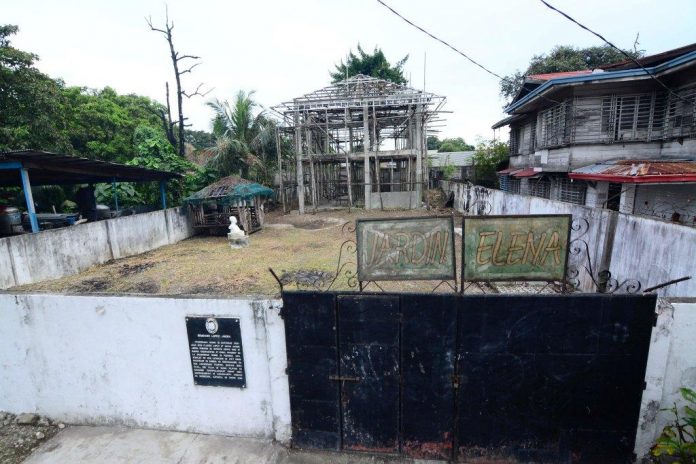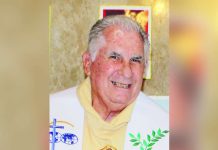
ILOILO City – When he was in Spain campaigning for Philippine independence, Ilonggo hero Dr. Graciano Lopez Jaena was offered the editorship of a Spanish newspaper in New York.
His reply to the offer: “My brain and my pen belong to the Philippines and not to any foreign country.”
Lopez Jaena, born in Jaro district here on Dec. 18, 1856, expressed his love for his country with these few words: “Philippines, I salute her with invocation of hope on my lips! The blue sea is her mantle, the most beautiful sky of the world her crown, adorned by resplendent stars. Whoever has not seen her has not seen the loveliest spot on earth.”
For his patriotism, the least that Ilonggos could do is complete a shrine to ensure that Lopez Jaena’s legacy lives on, according to the Dr. Graciano Lopez Jaena Foundation.
Unfortunately, the foundation is struggling financially.
The shrine, the construction of which started a few years ago on the lot on Fajardo Street where the hero was born, is only 40 percent complete, according to foundation chairman Demy Sonza, a historian, writer and former member of the Sangguniang Panlalawigan of Iloilo.
The foundation is hopeful that the city government would help complete the shrine that will house the hero’s memorabilia.
According to Sonza, then city mayor Jose Espinosa III, during the 162nd birth anniversary of Lopez Jaena last year, committed P5 million to complete the shrine. But this did not materialize.
“We are really hoping to complete the shrine during the term of Mayor Jerry Treñas,” said Sonza.
Today is a public holiday in this southern city and Iloilo province by virtue of Republic Act 6155 honoring the birth of Lopez Jaena who would have turned 163 years old.
There will be a foot parade at 7 a.m. from Fajardo Street to the Jaro public plaza that was renamed Dr. Graciano Lopez Jaena Park and where the hero had a statue.
After the flag-raising ceremony, Mayor Treñas and Nereo Lujan, the resident historian of the Iloilo provincial capitol, will offer a wreath.
Lujan is also the guest speaker.
Sonza underscored the importance of celebrating Lopez Jaena Day.
“Para indi malipatan ang aton baganihan. Isa lang sya ang national hero nga halin sa Iloilo during our struggle for independence from Spain,” said Sonza.
Lopez Jaena was considered the “first Filipino propagandist” in the struggle for freedom from Spain.
Historians regard him, along with Dr. Jose Rizal and Marcelo H. del Pilar, as the triumvirate of propagandists that challenged Spanish rule in the Philippines.
Lopez Jaena wrote the satirical story “Fray Botod” which depicted a fat and lecherous priest.
Botod’s false piety “always had the Virgin and God on his lips no matter how unjust and underhanded his acts are.” He reaped the friars’ fury and thus left Jaro for Spain in 1879.
In Spain, Lopez Jaena founded and edited La Solidaridad, a newspaper that aimed to galvanize Filipinos to into demanding independence. He also gave fiery, nationalistic speeches. There he met Rizal and del Pilar.
Believing that “the pen is mightier than the sword,” Lopez Jaena personally conveyed his demand for freedom in a speech before Spanish officials in Madrid, Spain on April 27, 1883.
He died of tuberculosis at age 39 on Jan. 20, 1896 in Barcelona, Spain and was buried by the Sisters of Charity in an unmarked grave at the Cementerio Sud-Oeste.
He did not live long enough to see the fruition of his efforts aimed at freeing the Motherland from colonial Spain./PN







